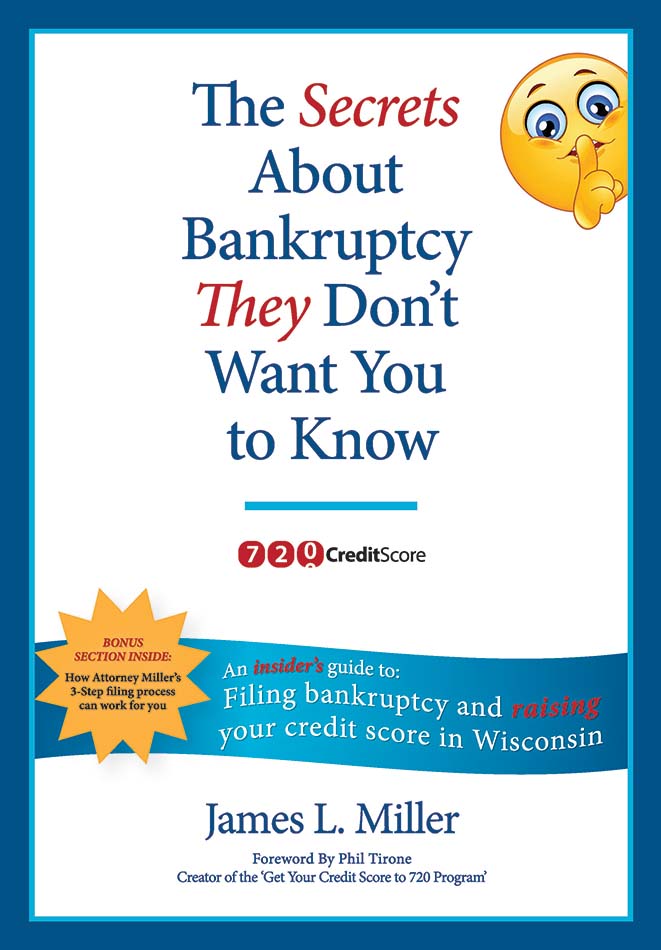For the first time since 2007, when the Great Recession began, bankruptcy filings in Wisconsin fell to less than 10,000 filings at mid-year. According to data from the U.S. Bankruptcy Court, there were 9,058 bankruptcy filings in Wisconsin between January and June, a nearly 11 percent decrease from last year.
The peak of bankruptcy filings was back in 2010, when nearly 30,000 were filed by mid-year. Since that time, there has been a steady decline. The trend in Wisconsin basically tracks the national trend, though the decrease is significantly greater.
Sources said that three-quarters of the filings in the nine year period were Chapter 7 filings. This is an interesting point, especially because the data showed that the number of Chapter 13 filings in the first half of 2016 is about the same as last year. Why would the number of Chapter 7 filings be decreasing, but not Chapter 13 filings?
Chapter 7 and Chapter 13 bankruptcy, of course, are structured differently. In Chapter 7 bankruptcy, the process works by liquidation of non-exempt assets and paying back creditors with the proceeds, whereas Chapter 13 bankruptcy involves the establishment of a repayment plan which lasts three to five years. In Chapter 7 bankruptcy, a debtor does not need to have a regular income, whereas Chapter 13 bankruptcy cannot work without a regular income. This is why Chapter 13 is sometimes called a wage earner’s plan.
In our next post, we’ll continue looking at this story, particularly as it relates to the differences between Chapter 7 and Chapter 13 bankruptcy.

